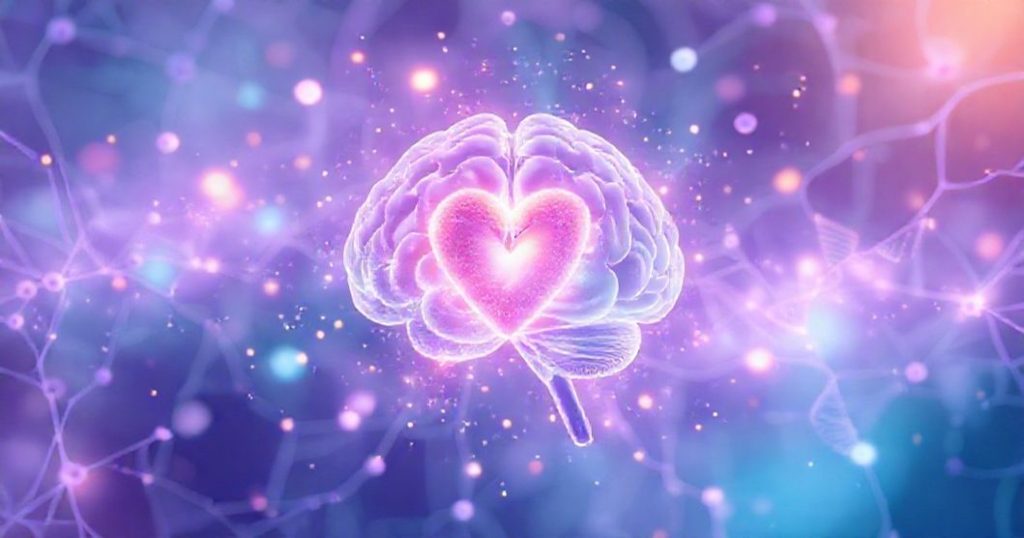Introduction to AI Image Generators for Medical Illustrations
The field of medical illustrations has undergone a significant transformation with the advent of AI image generators. These powerful tools have democratized the creation of high-quality visual content, enabling medical professionals, researchers, and educators to produce stunning illustrations without requiring extensive design experience. In this comprehensive guide, we will delve into the world of AI image generators for medical illustrations, exploring their capabilities, benefits, and best practices for effective utilization.
Traditionally, creating medical illustrations involved a labor-intensive process that required specialized skills and software. However, with the emergence of AI image generators, this landscape has changed dramatically. Modern AI models can understand natural language prompts and generate images that are not only visually stunning but also accurate and informative. This technology has far-reaching implications for various fields, including medical education, research, and patient communication.
To fully leverage the potential of AI image generators, it is essential to understand how they work and how to use them effectively. In the following sections, we will discuss the fundamentals of AI image generation, the benefits of using these tools for medical illustrations, and provide practical tips and techniques for creating high-quality visual content.
The use of AI image generators for medical illustrations is not limited to creating static images. These tools can also be used to generate interactive visualizations, 3D models, and even videos. This versatility makes AI image generators an invaluable resource for medical professionals, enabling them to communicate complex concepts and ideas in a clear and engaging manner.
Understanding How AI Image Generators Work
AI image generators are based on sophisticated machine learning models that have been trained on vast datasets of images and text. These models can learn patterns, relationships, and structures within the data, allowing them to generate new images that are similar in style and content. The process of generating an image typically involves providing a text prompt that describes the desired image, and the AI model then uses this prompt to create a visual representation.
The quality of the generated image depends on various factors, including the complexity of the prompt, the quality of the training data, and the capabilities of the AI model. However, with the rapid advancements in AI technology, the results are often astonishing, with images that are virtually indistinguishable from those created by human artists. This has significant implications for the field of medical illustrations, where accuracy, detail, and realism are paramount.
One of the key benefits of using AI image generators for medical illustrations is the speed and efficiency they offer. Traditional methods of creating medical illustrations can be time-consuming and labor-intensive, requiring hours or even days to complete. In contrast, AI image generators can produce high-quality images in a matter of seconds, enabling medical professionals to focus on more critical tasks.
Best Practices for Using AI Image Generators
To get the most out of AI image generators for medical illustrations, it is essential to follow best practices and guidelines. This includes providing clear and descriptive text prompts, selecting the right AI model for the task, and fine-tuning the generated image to ensure accuracy and detail. Additionally, it is crucial to evaluate the quality and validity of the generated image, ensuring that it meets the required standards for medical illustrations.
Another critical aspect of using AI image generators is understanding the limitations and potential biases of the technology. While AI models can generate images that are stunning and realistic, they can also perpetuate existing biases and stereotypes if the training data is not diverse and representative. Therefore, it is essential to be aware of these limitations and take steps to mitigate them, such as using diverse and inclusive training data and evaluating the generated images for bias and accuracy.
In conclusion, AI image generators have revolutionized the field of medical illustrations, offering a powerful tool for creating high-quality visual content with ease and efficiency. By understanding how these tools work, following best practices, and being aware of the limitations and potential biases, medical professionals can unlock the full potential of AI image generators and create stunning illustrations that enhance patient communication, education, and research.
Features and Benefits of AI Image Generators
AI image generators offer a wide range of features and benefits that make them an indispensable tool for medical illustrations. Some of the key features include the ability to generate high-quality images, interactive visualizations, and 3D models, as well as the capability to fine-tune and customize the generated images to meet specific requirements.
The benefits of using AI image generators for medical illustrations are numerous. They include increased speed and efficiency, improved accuracy and detail, and enhanced patient communication and education. Additionally, AI image generators can help reduce the cost and time associated with traditional methods of creating medical illustrations, making them an attractive option for medical professionals and institutions.
Frequently Asked Questions
Q: Can I use AI-generated images for commercial purposes?
A: Yes, you can use AI-generated images for commercial purposes, but it is essential to review the terms of service and licensing agreements of the AI image generator platform you are using. Some platforms may require attribution or impose restrictions on certain use cases.
Q: How do I ensure the accuracy and validity of AI-generated images?
A: To ensure the accuracy and validity of AI-generated images, it is crucial to evaluate the quality of the generated image, provide clear and descriptive text prompts, and fine-tune the image to meet specific requirements. Additionally, it is essential to be aware of the limitations and potential biases of the AI model and take steps to mitigate them.
Conclusion
In conclusion, AI image generators have transformed the field of medical illustrations, offering a powerful tool for creating high-quality visual content with ease and efficiency. By understanding how these tools work, following best practices, and being aware of the limitations and potential biases, medical professionals can unlock the full potential of AI image generators and create stunning illustrations that enhance patient communication, education, and research. Whether you are a medical professional, researcher, or educator, AI image generators are an invaluable resource that can help you achieve your goals and improve outcomes.
As the technology continues to evolve and improve, we can expect to see even more innovative applications of AI image generators in the field of medical illustrations. From creating interactive visualizations and 3D models to generating videos and animations, the possibilities are endless. By embracing this technology and exploring its potential, we can unlock new ways of communicating complex concepts and ideas, enhancing patient care, and advancing medical research.
Try Icebox AI today and discover the power of AI image generators for medical illustrations. With its user-friendly interface, extensive feature set, and commitment to quality and accuracy, Icebox AI is the perfect tool for creating stunning visual content that enhances patient communication, education, and research.



